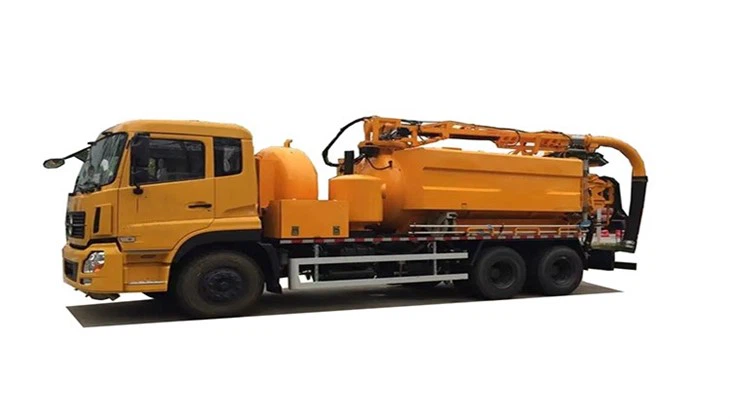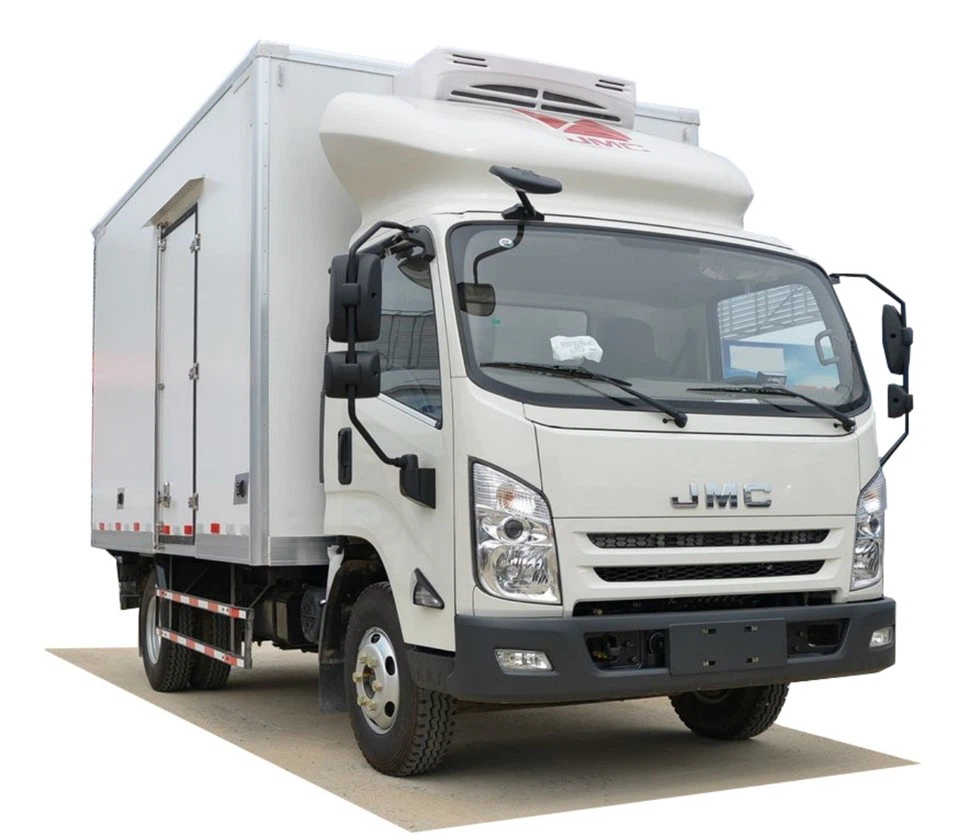How Much is a Monthly RV Payment? A Complete Guide

Owning a recreational vehicle (RV) is a dream for many outdoor enthusiasts and travelers. However, understanding the financial implications, including how much a monthly RV payment would be, is crucial for potential buyers. This comprehensive guide will discuss various aspects of RV financing, what factors influence monthly payments, and provide practical examples to help you make an informed decision.
Understanding RV Financing
Financing an RV is similar to obtaining a loan for a car or a house. Before diving into the details of how much your monthly RV payment will be, let’s explore the basics of RV financing.
Types of RV Loans
When financing an RV, you can choose from several types of loans:
- Secured Loans: These loans use the RV itself as collateral, allowing for lower interest rates.
- Unsecured Loans: These do not require collateral, but usually come with higher interest rates.
- Chattel Loans: Ideal for mobile homes, these loans treat RVs as personal property.

Loan Terms
Loan terms can vary greatly, usually ranging from 5 to 20 years, depending on the lender and loan type. It’s essential to choose a term that balances monthly payment affordability with the total interest you’ll pay over time.
Factors Influencing Monthly RV Payments
Your monthly RV payment will depend on multiple factors:
1. RV Purchase Price
The cost of the RV significantly impacts the monthly payment. Higher-priced models will require larger loans and thus higher payments.
2. Interest Rate
Interest rates can vary based on your credit score, the type of RV, and the loan term. A lower interest rate significantly reduces your monthly payment.
3. Down Payment
A larger down payment can lower your loan amount, thus reducing the monthly payment. It’s usually advised to aim for at least 10-20% of the RV’s price as a down payment.

4. Loan Term
The length of the loan affects monthly payments; longer terms usually result in lower monthly payments but may increase the total amount of interest paid over the life of the loan.
5. Credit Score
Your credit history plays a significant role in determining your interest rate. Higher credit scores often lead to better loan terms.
Calculating Your Monthly Payment
To give you a clearer picture of what your monthly RV payment might be, here’s a straightforward formula:
Monthly Payment Formula
Monthly Payment = (Loan Amount × Interest Rate) / (1 – (1 + Interest Rate)^-Total Payments)
Here’s an example to illustrate how this works:
Example Calculation
Let’s say you’re buying an RV priced at $30,000 with a 5% interest rate over 10 years. If you make a down payment of $5,000, your loan amount would be:
| Details | Values |
|---|---|
| RV Price | $30,000 |
| Down Payment | $5,000 |
| Loan Amount | $25,000 |
| Interest Rate | 5% (0.004167 monthly) |
| Loan Term | 120 months (10 years) |
By applying the formula, we get:
Monthly Payment = ($25,000 × 0.004167) / (1 - (1 + 0.004167)^-120) Monthly Payment = $265.19 approx
Your estimated monthly payment would be around $265.19.
Additional Costs to Consider
In addition to the RV payment, other costs may come into play:
1. Insurance
RV insurance is vital and can cost anywhere from $500 to $2,000 annually, depending on the model and coverage.
2. Maintenance and Repairs
Routine maintenance costs can average $1,000 to $2,000 per year, excluding repairs.
3. Registration and Taxes
State registration fees and taxes can vary significantly and should be factored into your budget.
4. Fuel Costs
RVs consume fuel differently than regular vehicles. Keep this in mind when planning trips.
Tips for Lowering Your Monthly RV Payment
Here are some practical tips to help reduce your monthly RV payments:
1. Improve Your Credit Score
Pay off any outstanding debts and avoid new loans before applying for an RV loan.
2. Increase Your Down Payment
If possible, make a larger down payment to reduce your loan amount.
3. Shop Around for Loans
Different lenders offer various interest rates and terms. Don’t hesitate to compare options.
4. Choose a Used RV
Used RVs may have lower price tags, making your monthly payments significantly lower.
5. Opt for a Shorter Loan Term
Although this may increase your monthly payment, it reduces total interest paid.
Exploring Refinance Options
If you already have an RV loan, consider refinancing to achieve better rates and lower monthly payments. Lending terms may have improved since you first financed your RV.
When to Refinance
Consider refinancing when:
- Your credit score has improved significantly.
- Interest rates have dropped since you took your initial loan.
- You’ve built equity in your RV.
Steps to Refinance
Follow these steps to refinance your RV:
- Check your current loan terms.
- Shop around for new lenders.
- Gather all necessary documents.
- Apply for the new loan.
- Use the new loan to pay off the old loan.
Financing Tips for First-Time RV Buyers
If you’re new to RV ownership, keep these tips in mind:
1. Budget Realistically
Account for all costs, including insurance and maintenance, in your budgetary planning.
2. Research RV Models
Spend time researching different RV models that fit your budget and lifestyle.
3. Test Drive Before Buying
Always test drive an RV to assess whether it meets your needs.
4. Read Reviews and Ratings
Look for feedback from previous owners to understand the pros and cons of specific models.
5. Join RV Communities
Engage with online RV communities for tips and advice from experienced RV owners.
FAQs about RV Monthly Payments
1. What is the average monthly payment for an RV?
The average monthly payment for an RV varies widely based on price and financing terms, but it typically ranges from $200 to $600.
2. Can I get an RV loan with bad credit?
Yes, individuals with bad credit can still secure RV loans, but they may face higher interest rates.
3. Is it better to buy or rent an RV?
Buying is ideal for frequent travelers, while renting may be more cost-effective for occasional use.
4. How long can I finance an RV?
RV loans are commonly financed over 5 to 20 years, depending on lender and loan type.
5. What if I can’t afford my RV payment?
If you cannot afford your payment, contact your lender to discuss options such as deferment or refinancing.

6. Does RV insurance cover loans?
RV insurance typically covers the RV against damages, but it does not replace loan payments. Loan payment protection can be purchased separately.
Conclusion
Knowing how much your monthly RV payment will be is key to enjoying the benefits of RV ownership. By understanding the factors affecting monthly payments and leveraging the tips provided, you can make informed decisions that align with your financial goals and adventuring spirit.
